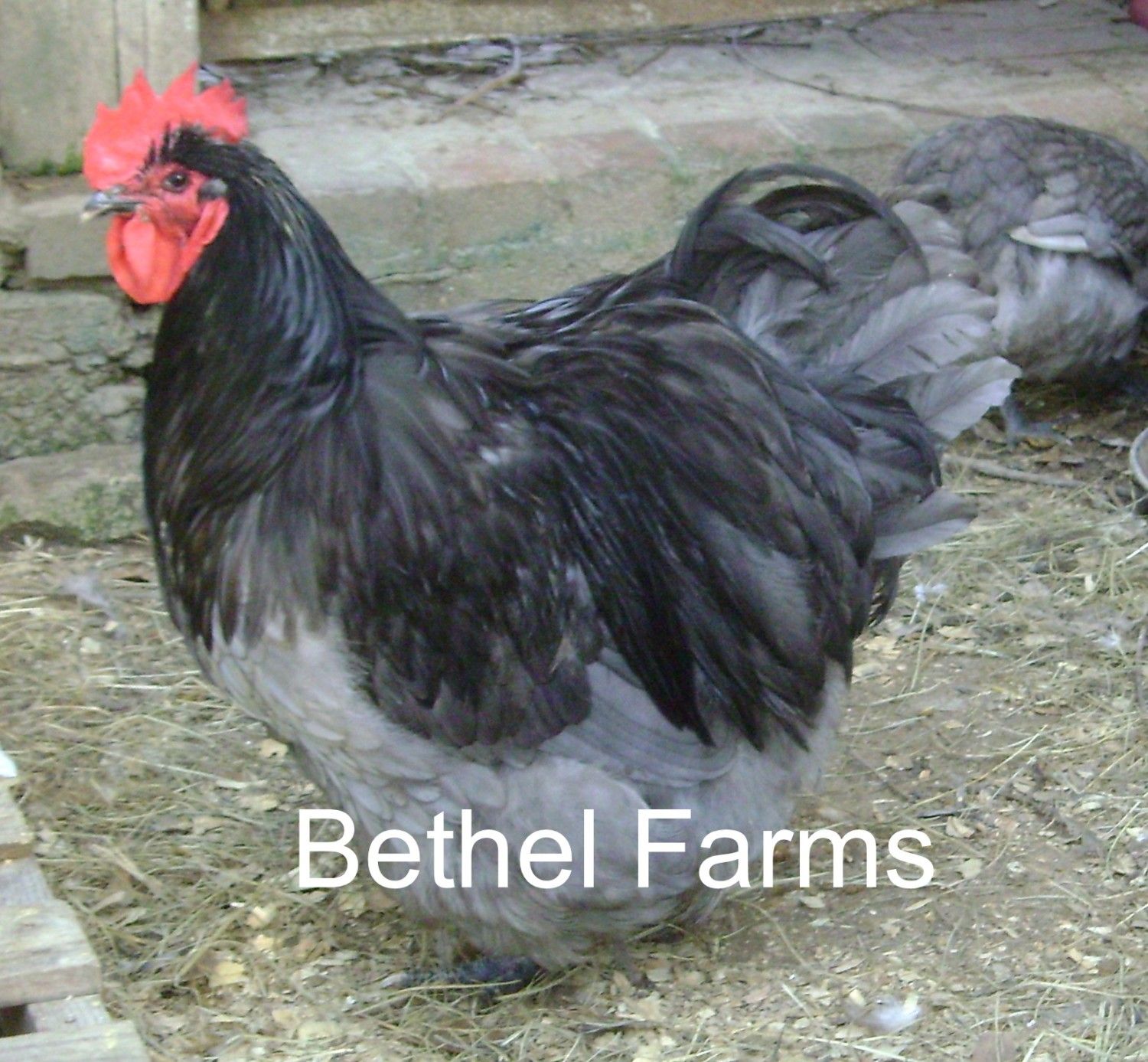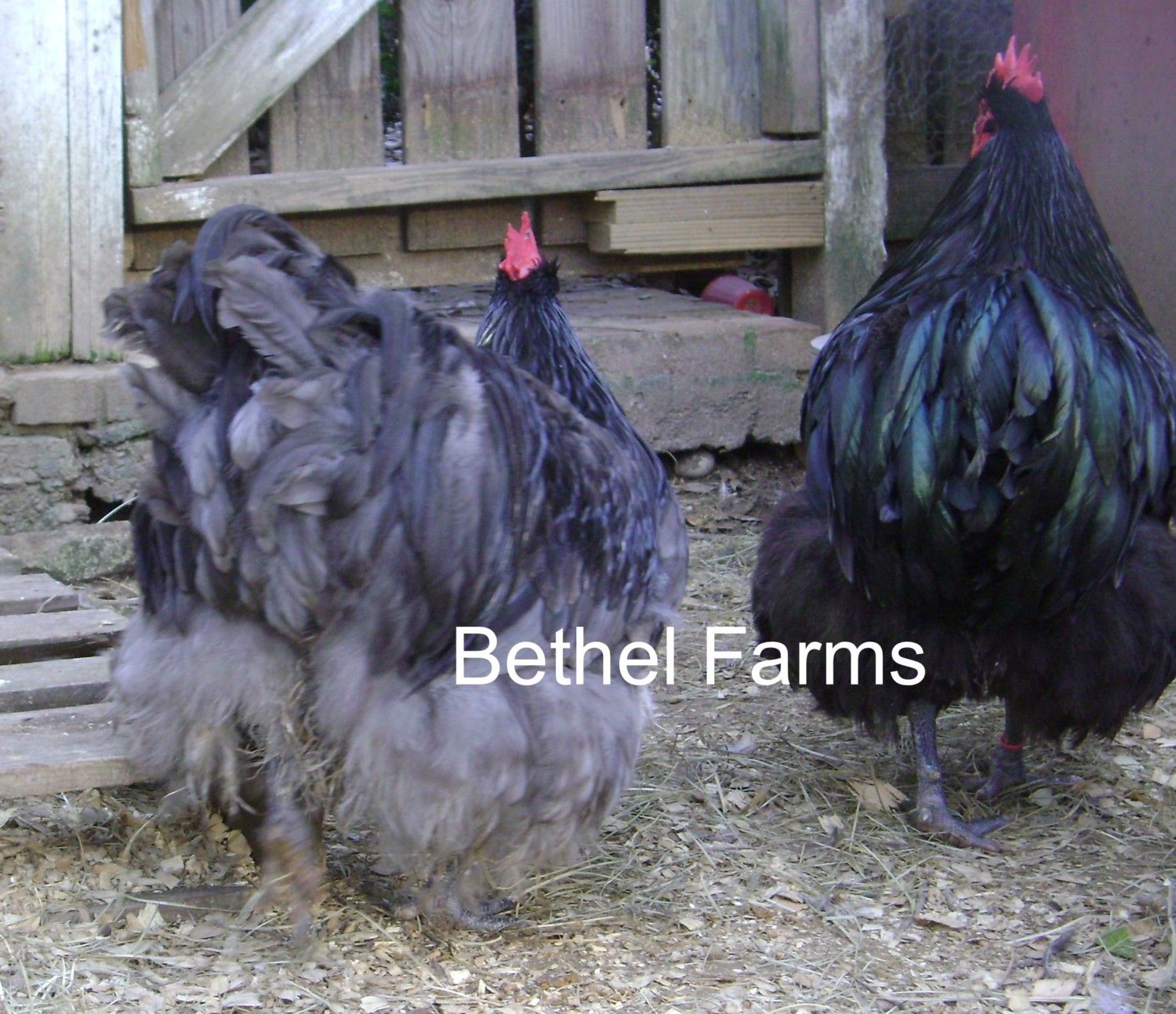The tail in most chickens is all about the feather quality....but..Cochins need soft pliable feathers so that they have the rounded tail a Cochin needs. The Orp needs stiff tail feathers to keep the tail looking good. In addition the tail covert feathers have to be tight/stiff enough to make the tail look correct. Loose feathers are not an easy thing to correct and feather quality issues have always been a problem with Orps. Even Orps that have no other breed in them, so personally I would not put anything with loose feathers in them. That is just me though..
Next to my post at this moment I see Orpington (Buff)-319...does this make it an Orp? What I'm saying is that there are Orps and then there are Orpingtons. Calling a bird an Orpington does not make it an Orpington chicken in the USA.
Orpington (Buff)-319...does this make it an Orp? What I'm saying is that there are Orps and then there are Orpingtons. Calling a bird an Orpington does not make it an Orpington chicken in the USA.
Here is a duck called a buff Orpington.
Jim is correct. There are several shades of buff, but only one is correct.
Walt
Next to my post at this moment I see
 Orpington (Buff)-319...does this make it an Orp? What I'm saying is that there are Orps and then there are Orpingtons. Calling a bird an Orpington does not make it an Orpington chicken in the USA.
Orpington (Buff)-319...does this make it an Orp? What I'm saying is that there are Orps and then there are Orpingtons. Calling a bird an Orpington does not make it an Orpington chicken in the USA.Here is a duck called a buff Orpington.
Jim is correct. There are several shades of buff, but only one is correct.
Walt







